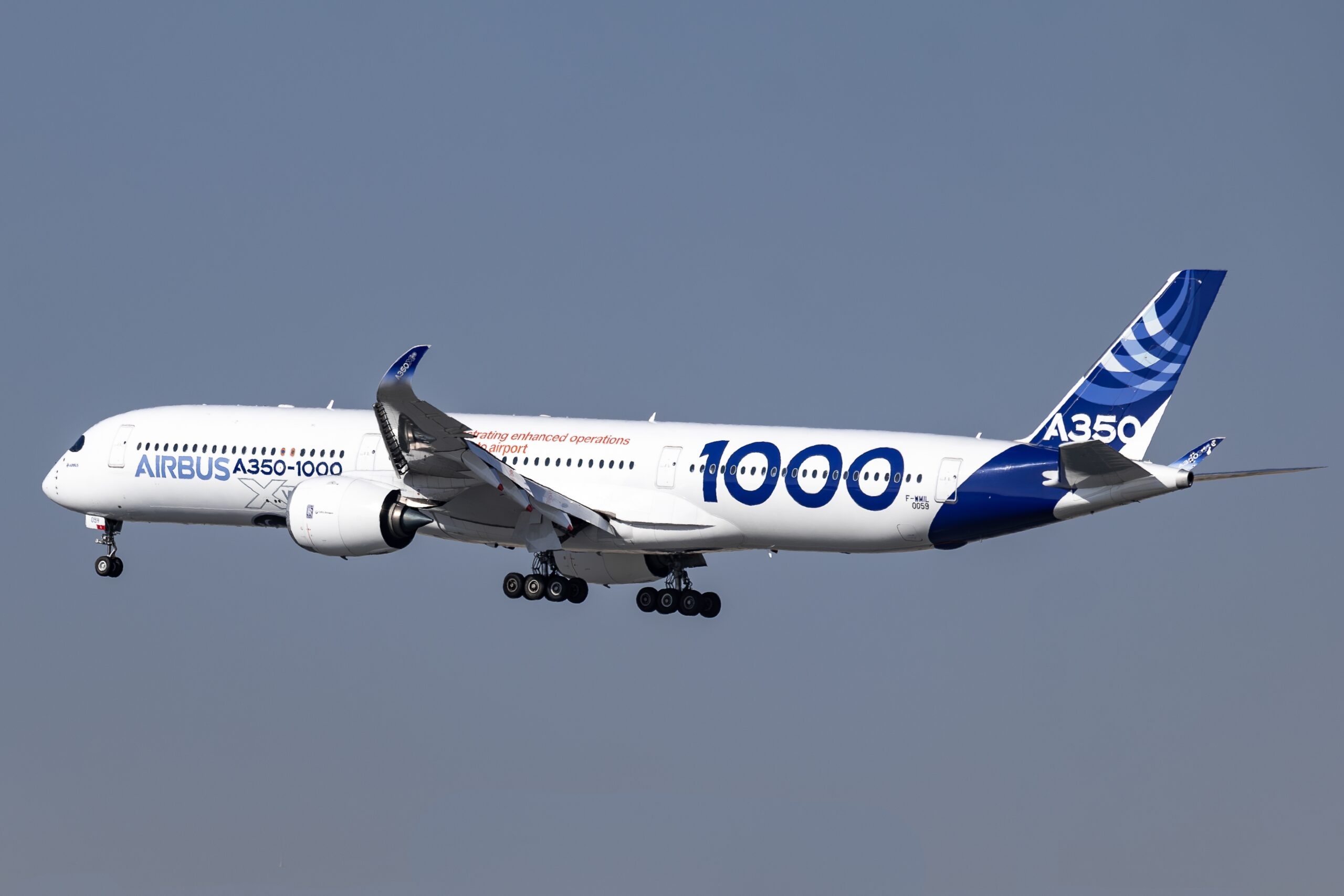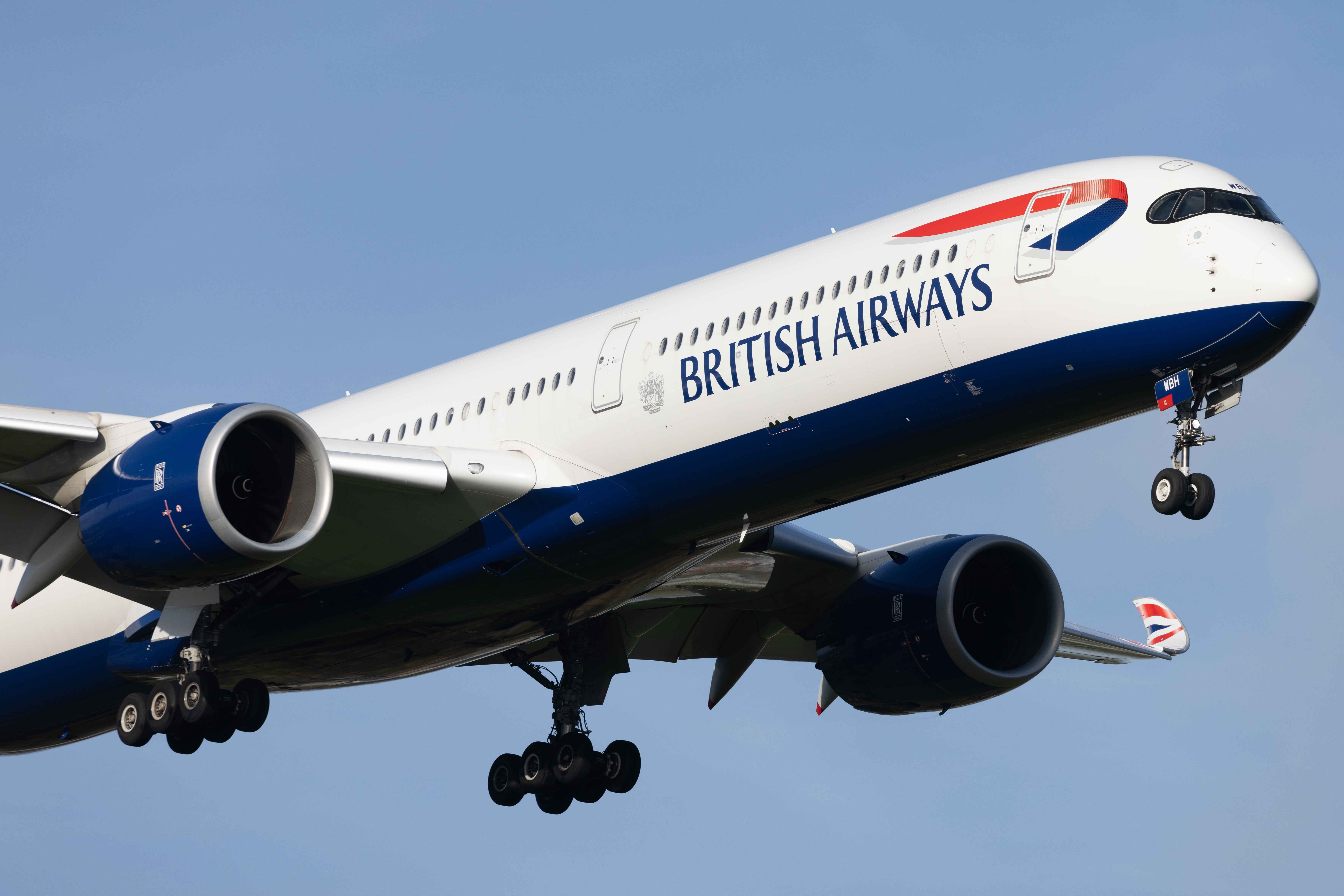Sikorsky Raider X: A Look at the Cutting-Edge Helicopter Technology
The Sikorsky Raider X is an advancement in rotorcraft design. Based on the earlier S-97 Raider, it is Sikorsky’s proposal for the United States Army’s Future Attack Reconnaissance Aircraft (FARA) program. It aims to deliver both speed and versatility.
Development Background
Sikorsky, a Lockheed Martin Company, has a legacy of designing innovative helicopters. The Raider X builds on this legacy with advanced technologies. The U.S. Army initiated the FARA program to replace its aging fleet of reconnaissance helicopters. Raider X is Sikorsky’s answer, building off of the coaxial rotor design pioneered in the S-97 Raider.
The coaxial rotor system helps eliminate issues associated with traditional single rotor helicopters, such as retreating blade stall. It allows for a more compact design and improved maneuverability. The pusher propeller at the rear of the aircraft adds to the helicopter’s speed capabilities.
Design and Technology
Raider X features a coaxial rotor system. This consists of two main rotors stacked one on top of the other, rotating in opposite directions. This system cancels out torque without the need for a tail rotor, potentially reducing size and increasing aerodynamic efficiency.
- Speed: The helicopter can achieve speeds beyond traditional limits, thanks to the combination of rotors and a rear-mounted pusher propeller.
- Agility: Compact design and advanced flight controls provide enhanced maneuverability, crucial for combat scenarios.
- Payload: Raider X is designed to carry various payloads, suited for reconnaissance and attack missions.
The combination of these features ensures that Raider X is well-equipped for modern battlefield demands.
Anticipated Performance
Performance metrics suggest impressive capabilities. Predictions indicate speeds over 250 knots, surpassing conventional helicopter speeds. The aircraft’s design emphasizes reduced visual and acoustic signatures, making it stealthier than existing alternatives. These features are essential for reconnaissance and combat operations in hostile territories.
The reduced size also aids in strategic deployments. Compact in design, Raider X is expected to operate in constrained environments, such as urban areas or dense forests. This enhances its suitability for modern asymmetric warfare, emphasizing versatility and responsiveness.
Advanced Systems
Technological advancements in Raider X extend beyond flight performance. The avionics suite integrates advanced systems for navigation, communication, and situational awareness.
- Sensors and Avionics: Raider X is equipped with state-of-the-art sensor systems, providing enhanced threat detection and response.
- Autonomy: While manned, the design includes capabilities for increased autonomy, potentially facilitating future unmanned operations.
- Survivability: Advanced rotor blade designs and materials contribute to airframe survivability and durability.
Each of these elements contributes to Raider X’s potential as a game-changer in rotary-wing aviation.
Prototype and Testing
The Raider X prototype is undergoing rigorous testing. Flight tests aim to validate design choices and demonstrate capabilities outlined during development. These include confirming speed, range, and maneuverability metrics, while evaluating the aircraft’s maintenance requirements and operational longevity.
The testing phase involves multiple stages and numerous iterations of design tweaks. Feedback loops between test results and engineering modifications are critical, ensuring Raider X meets or exceeds performance requirements.
Strategic Implications
The integration of Raider X into military operations could revolutionize how missions are conducted. Its speed and stealth capabilities allow for rapid strikes and reconnaissance, which is pivotal for modern warfare’s dynamic nature.
The aircraft’s payload versatility means it can be configured for diverse mission profiles. From intelligence gathering to direct attack operations, Raider X represents a multi-role solution tailored to varied tactical needs.
The helicopter’s development also signifies a shift in military aviation strategy. Emphasizing flexibility, adaptability, and speed, Raider X aligns with doctrines focusing on efficiency and lethality.
Global Interest
While primarily for the U.S. Army, Raider X may attract global attention. Many countries are seeking to modernize their defense capabilities, especially in the realm of rotorcraft. Its unique features could appeal to allies and defense partners seeking advanced aircraft that fit varied operational needs.
Potential foreign military sales may enhance the aircraft’s production sustainability and support international defense cooperation.
Future Prospects
As Raider X progresses through testing and potential adoption phases, attention will focus on its operational integration. The helicopter’s success in the FARA competition could set the standard for future vertical lift initiatives within the U.S. military and beyond.
Technological advancements realized through Raider X’s development could influence civilian rotary-wing aviation. Innovations in rotor design and autonomous systems may trickle into commercial applications, offering potential civilian benefits.
Raider X is poised to redefine expectations and expand the capabilities of future rotorcraft, paving the way for innovations that may influence both military and civilian sectors.






